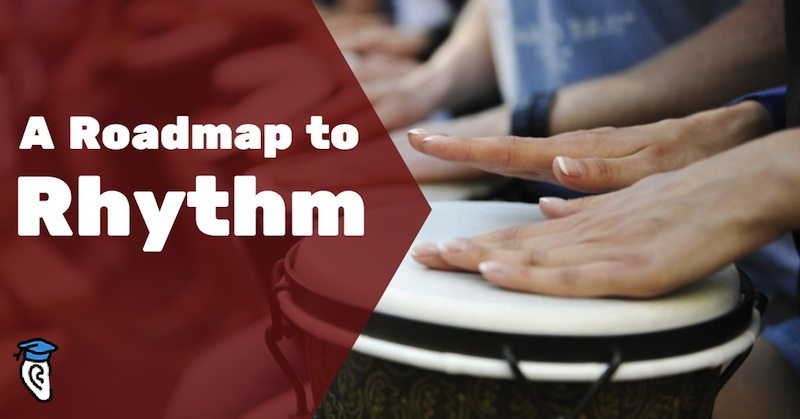Rhythm is a challenging area for many musicians. It’s often assumed that your rhythm skills should be strong to begin with if you want to learn music, and that they’ll develop naturally from there. In fact most musicians must dedicate regular effort to improve their sense of rhythm and what they need is a clear step-by-step process to get good rhythm.
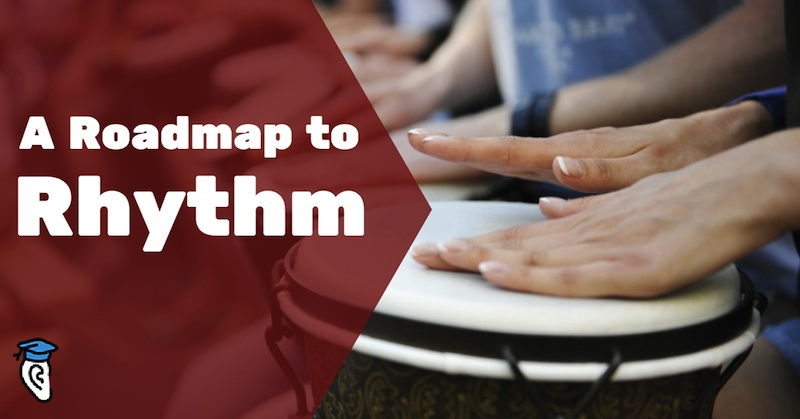
In this article I’ll share the outline of a Roadmap we use inside Musical U to help our members develop rock-solid rhythm, get comfortable and confident with rhythm notation, and apply their new rhythm skills in fun ways in their real musical life.
→ See the full Get Rhythm Roadmap
About Roadmaps
Roadmaps are designed to give you clarity about your musical training. When you start with a big goal like getting great at rhythm it can be inspiring, but you’re then left to try to figure out all the details of actually making it happen.
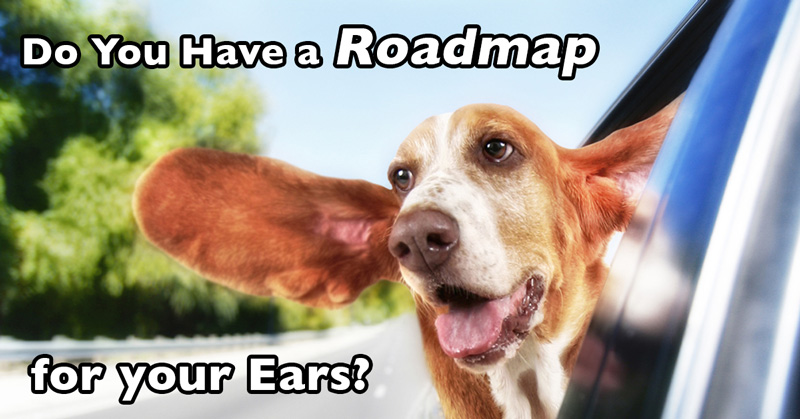 At Musical U we provide a fully flexible training system, so that you can perfectly tailor it to suit your needs, but we also provide a set of Roadmaps for developing important musical skills.
At Musical U we provide a fully flexible training system, so that you can perfectly tailor it to suit your needs, but we also provide a set of Roadmaps for developing important musical skills.
Each Roadmap is designed to answer three questions:
- Where am I?
- Where do I want to go?
- How will I get there?
The Roadmap isn’t itself a training plan but after reading through it (including just the free preview version linked below) you should have a clear answer to each of the questions above so that you can then create your real training plan.
→ Learn more about ear training roadmaps
A Rhythm Roadmap
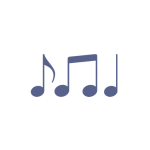 When we launched Musical U we focused mostly on pitch skills: intervals, chords and progressions. We quickly found that many members were also keen to develop their rhythm skills and so we moved our planned rhythm modules up the priority list! The result is a comprehensive set of modules for understanding rhythm and developing your inner sense of rhythm in music.
When we launched Musical U we focused mostly on pitch skills: intervals, chords and progressions. We quickly found that many members were also keen to develop their rhythm skills and so we moved our planned rhythm modules up the priority list! The result is a comprehensive set of modules for understanding rhythm and developing your inner sense of rhythm in music.
The “Get Rhythm” roadmap is designed to help you “get” rhythm in both meanings:
- “Get” rhythm in the sense of understanding it, being able to identify the rhythms you hear and read and write rhythm notation.
- “Get” rhythm in the sense of becoming more rhythmical, improving your inner metronome and increasing your rhythmic accuracy.
It’s broken into four phases, starting from the very basics and leading you through honing your sense of rhythm, mastering notation, and applying it all in fun and creative ways on your instrument.
→ See the full Get Rhythm Roadmap
Phase 1: Learn Rhythm Basics
In this phase you will use two training modules and two practice exercises to master the fundamentals of rhythm in music.
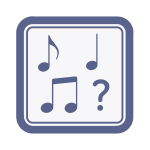 In “What is Rhythm?” and “Tempo and the Beat” you’ll learn the key concepts like what the “beat” is, what “tempo” means, what playing “on and off the beat” is, and the difference between “straight”, “swung” and “syncopated” rhythms.
In “What is Rhythm?” and “Tempo and the Beat” you’ll learn the key concepts like what the “beat” is, what “tempo” means, what playing “on and off the beat” is, and the difference between “straight”, “swung” and “syncopated” rhythms.
The exercises help you practice counting along with the beat in music and start to use these new skills in everyday musical situations.
By the end of this phase you’ll have a good grasp of rhythm basics and have started to build your inner sense of rhythm in real music.
Phase 2: Develop Your Sense of Rhythm
Before moving on to rhythm notation and more advanced rhythmic patterns it’s important to refine your sense of rhythm.
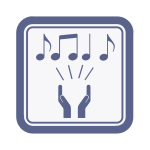 This phase of the Roadmap focuses on the “Rhythm Practice” module which gives you a variety of tools and exercises you can use to train your rhythm skills and tidy up any inaccuracies or challenges you’ve faced with keeping the beat and playing rhythms in the past.
This phase of the Roadmap focuses on the “Rhythm Practice” module which gives you a variety of tools and exercises you can use to train your rhythm skills and tidy up any inaccuracies or challenges you’ve faced with keeping the beat and playing rhythms in the past.
After practicing in this phase you’ll know that you have solid rhythm skills which you can rely on in your musical life.
Phase 3: Master Rhythm Notation
Now that you’ve got the listening skills of rhythm mastered it’s time to connect it all to traditional rhythm notation.
In this phase two modules help you gradually make sense of rhythm symbols in score notation. With “Speak Rhythms” you learn two different powerful methods for talking rhythm patterns out loud which helps you to instinctively recognise the connection between rhythms you hear and the symbols on the page.
Here’s an example from the module of using a spoken method to make sense of a fairly complex rhythmic pattern:

Then with “Read Rhythms” you get plenty of practice with increasingly complex rhythm patterns. You’ll learn to match up the score representation with the sound you hear and vice-versa. For example, could you tell which audio clip matches this rhythm notation?

Option A:
Option B:
Both modules are accompanied by exercises in the Roadmap which take the skills you’ve practiced in isolation and connect them with your day-to-day musical life.
After completing this phase you’ll no longer have any concerns about notated rhythms. You will be able to play a rhythm from score notation and write rhythms down after you hear them.
Phase 4: Bring Your Skills to the World
Now that you have a solid inner sense of rhythm and the ability to connect it with written notation and your instrument skills, it’s time to have some fun!
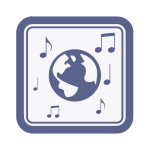 In this phase you’ll use all the rhythm skills you’ve learned so far in the “Universal Rhythms” module. This module helps you to make sense of some of the most popular and common rhythms you’ll encounter, along with some more unusual ones. it begins with classic straight rock beats, then covers swung beats and a variety of rhythm styles from around the world including Latin and African rhythms.
In this phase you’ll use all the rhythm skills you’ve learned so far in the “Universal Rhythms” module. This module helps you to make sense of some of the most popular and common rhythms you’ll encounter, along with some more unusual ones. it begins with classic straight rock beats, then covers swung beats and a variety of rhythm styles from around the world including Latin and African rhythms.
You’ll also use an exercise to put this to use in your musical life in a fun and creative way which pushes your rhythm skills to their limits.
After completing this phase you’ll know just how versatile your new rhythm skills are, enabling you to understand, play and write rhythmic patterns in a wide variety of musical styles and genres.
→ See the full Get Rhythm Roadmap
Rhythm is a sore spot for many musicians but it doesn’t have to be. You can follow the steps of this Roadmap inside Musical U with the full set of training modules and exercises available or choose to follow this path in your own way. Whichever route you choose, enjoy developing your sense of the beat and becoming a rhythm pro!

